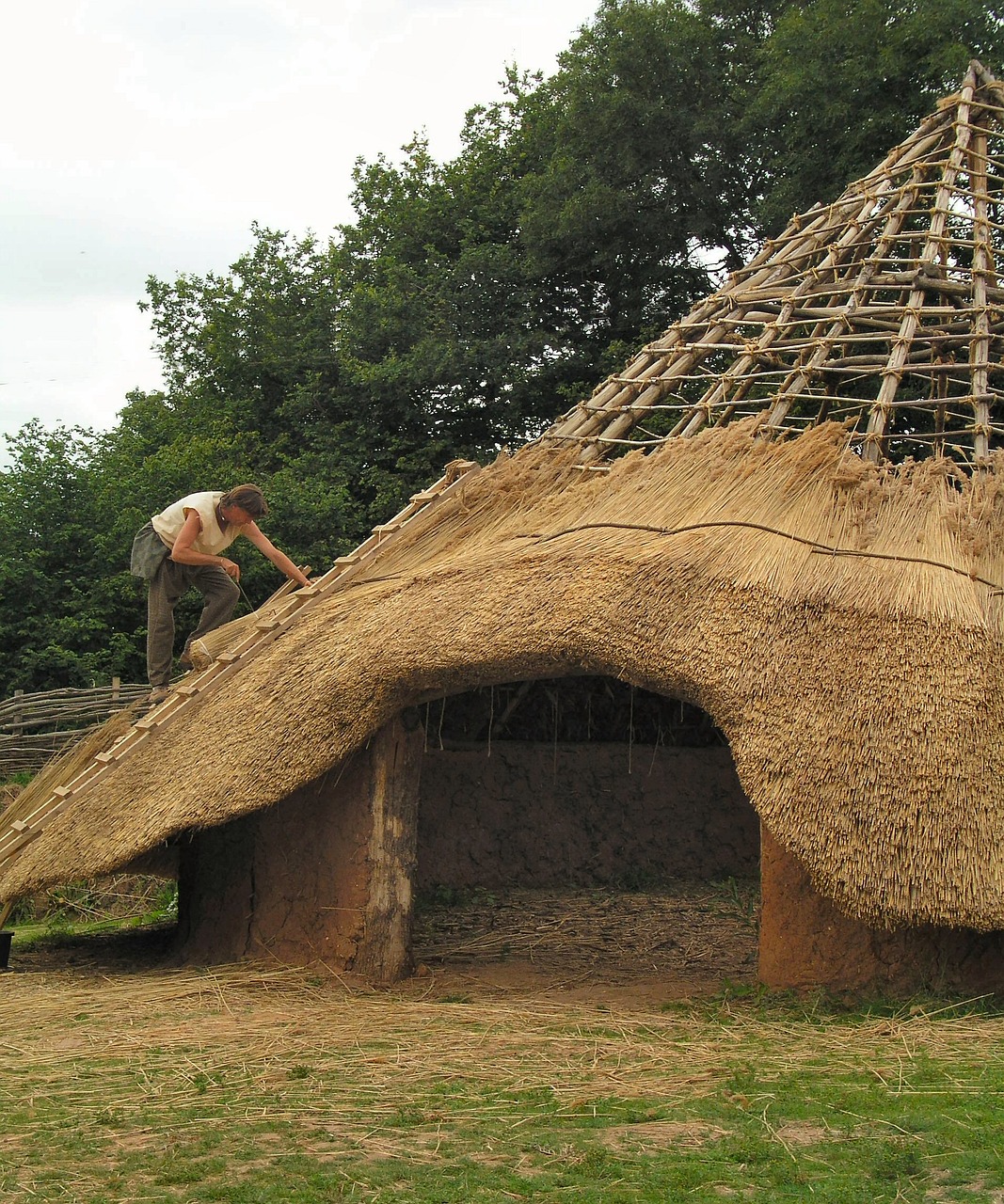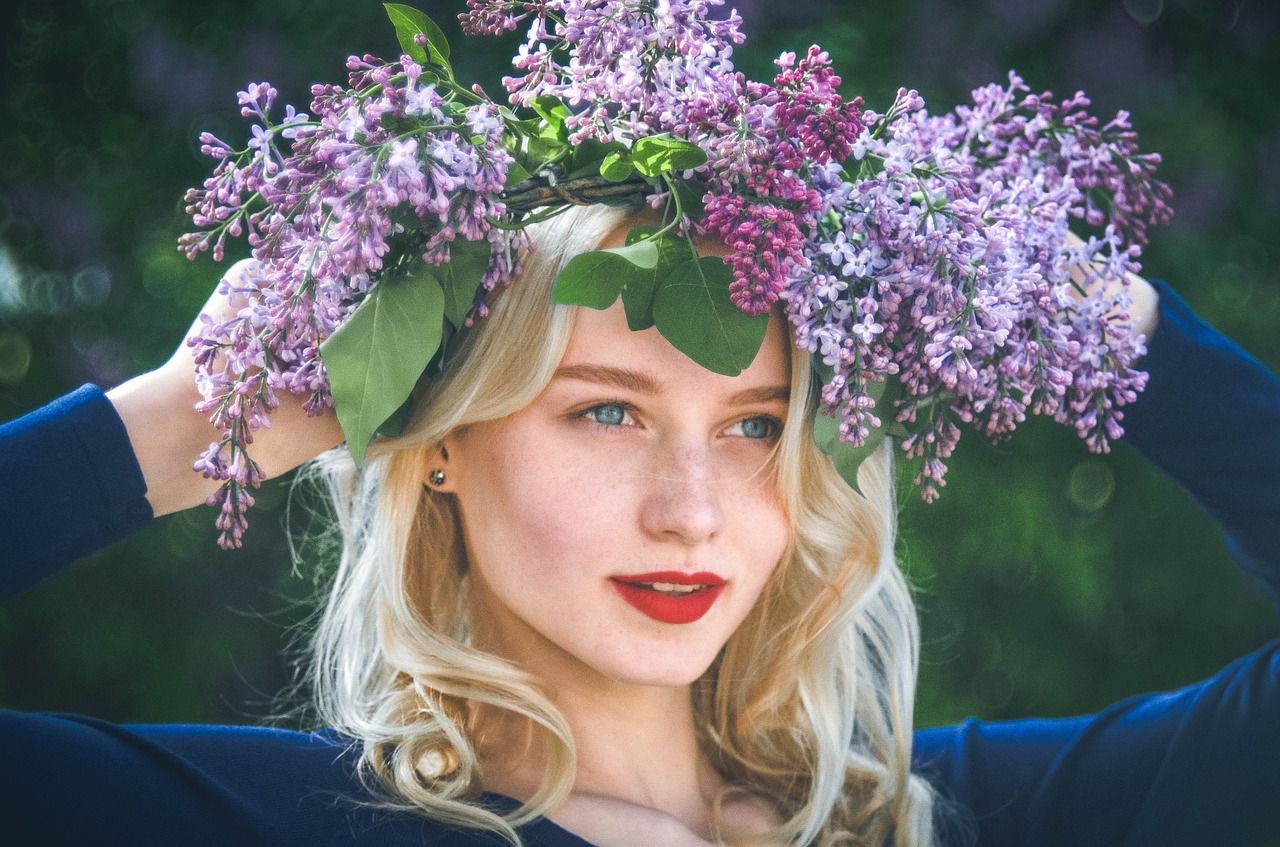The Gachnif People
Culture
Major language groups and dialects
See also: The Gachdak Language
Gachdak is the language spoken in the Realm in the modern day, and was also the language of the ancestor civilization. While there are slight regional differences, for the most part a villager from one part of the Realm can understand someone from any other part of the Realm.
Gachdak is the language spoken in the Realm in the modern day, and was also the language of the ancestor civilization. While there are slight regional differences, for the most part a villager from one part of the Realm can understand someone from any other part of the Realm.
Average technological level
See also: Iron, Flint
Although the ancestors had powerful technologies powered by magic and steam, modern-day Gachnifs live in a Iron Age society consisting mainly of farmers and herders. While in recent years some mages have begun trying to understand and even operate the machines left behind by the ancestors, the average Gachnif lives with very basic technology.
Although the ancestors had powerful technologies powered by magic and steam, modern-day Gachnifs live in a Iron Age society consisting mainly of farmers and herders. While in recent years some mages have begun trying to understand and even operate the machines left behind by the ancestors, the average Gachnif lives with very basic technology.
Building
Gachnifs live in fortified villages surrounded by canals and stone walls topped with wood spikes. Farms and pastures are contained within the walls and space is limited. Most families live in thatched, stone roundhouses consisting of a single room with a central hearth. Most villages have larger longhouses for public meetings, worship, and other functions, but it is rare for a home to be larger. Very few buildings in the realm have more than one room.Common Dress code
See also: Gachnif Clothing, Hair Weaving
All clothes in Sipmach are made primarily of wool, which is usually dyed with plant dyes. Both men and women wear tunics with loose leggings, although women's tunics tend to be longer. Both men and women wear their hair long, and braids and hair ornaments are an important concern for many Gachnifs. Because weaving and dying cloth is labor intensive, clothing is considered a valuable possession.
All clothes in Sipmach are made primarily of wool, which is usually dyed with plant dyes. Both men and women wear tunics with loose leggings, although women's tunics tend to be longer. Both men and women wear their hair long, and braids and hair ornaments are an important concern for many Gachnifs. Because weaving and dying cloth is labor intensive, clothing is considered a valuable possession.
Art & Architecture
See also: Music, Tapestry Weaving
The primary methods of creative expression in Sipmach are music and tapestry weaving. Singing ability is highly prized, and a family's tapestries are often their most valuable possession. Music is also an important part of traditional courtship.
The primary methods of creative expression in Sipmach are music and tapestry weaving. Singing ability is highly prized, and a family's tapestries are often their most valuable possession. Music is also an important part of traditional courtship.
Common Customs, traditions and rituals
Marriage and Courtship
See also: Festival of BachdaYoung men and women must obtain permission from their parents to marry, although arranged marriages are very rare. It is considered taboo to marry someone from your village of origin, or from your mother's village of origin. After marriage, men typically stay in their village of origin and the woman moves to her husband's village. Courtship can begin at any time after a young person reaches marriagable age, although most young men and women do not have the opportunity to meet someone from another village outside of the Festival of Bachda. Divorce is taboo, although it is common to break off engagements and courtships before marriage. Marriage ceremonies are held in the bride's village.
Birth & Baptismal Rites
See also: Naming Conventions
Gachnifs believe that Haama, the goddess of earth, watches over women giving birth. Women give birth in a healer's hut with the help of the healer and the father's female relatives. After the baby is born, it is washed and then ceremonially wrapped in special swaddling clothes. Babies are named and blessed in a ceremony held three days after they are born.
Gachnifs believe that Haama, the goddess of earth, watches over women giving birth. Women give birth in a healer's hut with the help of the healer and the father's female relatives. After the baby is born, it is washed and then ceremonially wrapped in special swaddling clothes. Babies are named and blessed in a ceremony held three days after they are born.
Coming of Age Rites
Legal Rights
When a young man or woman turns sixteen, they are considered adults. At this point, they may marry, inherit land, and be eligible to serve in The Night Watch. They also at that point change their family name (see Naming Conventions). If the young person was formerly in an apprenticeship, they typically graduate at this point and may travel to another village to find work, if necessary.Funerary and Memorial customs
See also: Funerary Rites
Peaceful Death
Those who die peacefully are believed to be watched by Haama for three days until her husband Luuda arrives to guide their soul to the afterlife. During those three days, bodies are left in the open and mourners may bring flowers or other offerings and leave them. After three days, a mage of Luuda performs a ritual and the body is ceremonially burned, along with any offerings.Death by Infection
Those who become infected are typically banished into the forest after the first signs of corruption. Because there is no body to mourn, an effigy is left at the funeral site for mourners. The effigy, along with any offerings, is burned after three days.Death in Battle
If a warrior dies in battle, and their body could not be retrieved, they are mourned in effigy. Followers of Horda observe special, secret rites for companions who have fallen in battle.Common Taboos
Most taboos in Gachnif culture center around infection and monsters. Speaking the true name of a beast (rather than a euphemism) is considered bad luck.
Parent ethnicities
Related Organizations
Related Items
Languages spoken
Related Locations





Comments